Key Principles of Wabi Sabi Design Explained
Have you ever found beauty in a well-worn book, the uneven grain of wood, or the asymmetry of a handmade vase? These instances, where imperfection and simplicity speak a silent language of elegance, embody the essence of a profound Japanese philosophy known as Wabi-Sabi. Today, let’s embark on a journey to uncover the serene wisdom of Wabi-Sabi and how it can transform our perception of beauty and life.
1. Appreciation of Simplicity (Wabi)
The Essence:
Wabi signifies simplicity and understated elegance. It’s about finding beauty in minimal and unassuming forms. This concept, deeply rooted in Japanese culture, is an ode to the appreciation of simplicity. It represents a way of life that finds beauty in the minimal and unassuming, celebrating understated elegance. Wabi is not just an aesthetic; it’s a perspective that cherishes the quiet grace found in the ordinary and the unembellished. This philosophy encourages us to look beyond the superficial, to find a deeper kind of beauty in things that might otherwise go unnoticed.
Application in Design:
Incorporating the principles of Wabi into design is about embracing a sense of calm and serenity. It involves decluttering spaces to create a tranquil and harmonious environment. This practice goes beyond mere minimalism; it’s about choosing items that are simple yet profoundly functional, exuding an aura of authenticity and purpose. In a Wabi-inspired space, every element has a place and a reason, contributing to an overall sense of peace and balance. The application of Wabi in design is not just about creating a visually appealing space, but about fostering an atmosphere that resonates with the quiet, meditative beauty of simplicity.
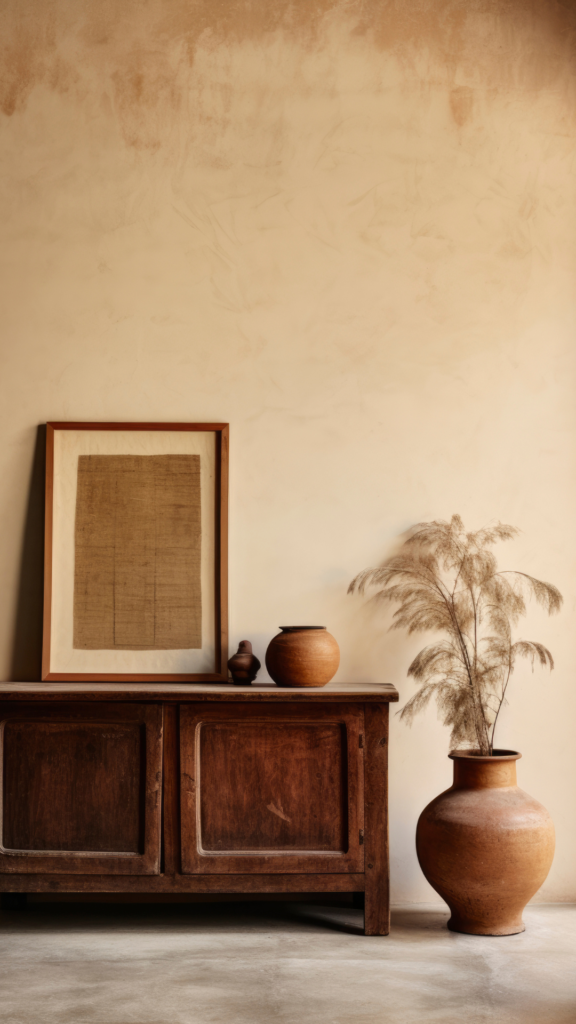
2. Beauty in Imperfection (Sabi)
The Essence:
Sabi is the beauty that comes with age. It’s about appreciating the flaws, patina, and wear that come with time. It’s, a concept integral to Japanese aesthetic philosophy, is centered around the beauty that emerges with age. It is an appreciation of the transient nature of life, finding charm and character in the flaws, patina, and wear that objects acquire over time. Sabi teaches us to see the elegance in imperfection and the depth in deterioration. This perspective encourages a deeper connection with our surroundings, recognizing the unique stories and histories that imperfections symbolize.
Application in Design:
Embracing Sabi means celebrating the cracks in pottery, the unevenness of handcrafted furniture, and the rich story behind vintage items. This means celebrating the imperfections that come with time and use. It’s about valuing the cracks in pottery as a testament to its history, the unevenness of handcrafted furniture as a mark of human touch, and the unique tale each vintage item holds. This appreciation extends to acknowledging and showcasing the natural aging process of materials like wood, metal, and fabric. By integrating Sabi principles, design transcends mere aesthetics, embracing a more profound narrative where every scratch, dent, or faded color contributes to the rich, layered story of a space. This approach not only adds visual depth and interest but also connects us to the authenticity and enduring beauty of aging objects.
3. Impermanence and Modesty
The Essence:
Wabi-Sabi recognizes that nothing lasts, nothing is finished, and nothing is perfect. The philosophy of Wabi-Sabi, deeply entrenched in the appreciation of the transient and the modest, teaches us a profound truth: nothing lasts, nothing is finished, and nothing is perfect. This concept, rooted in ancient Japanese wisdom, invites us to embrace the impermanence and imperfection in the world around us. It’s an acknowledgment of life’s fleeting beauty, encouraging us to find depth and meaning in the modest, the incomplete, and the ever-changing aspects of our existence.
Application in Design:
When applying the principles of Wabi-Sabi in design, it involves a thoughtful selection of materials and designs that not only age gracefully but also reflect the transient nature of life. This could mean choosing natural materials like wood, stone, or linen, which develop a unique patina over time, telling a story of the years passed. In designing spaces, it’s about creating environments that are adaptable and evolve with the occupants’ changing needs and life stages. This approach to design celebrates the cycle of growth and decay, acknowledging that beauty lies in the natural progression and transformation of spaces and objects. In a Wabi-Sabi inspired design, there’s a harmonious balance between the natural world and the human touch, where spaces are not only functional and aesthetic but also deeply connected to the rhythm of life.
4. Connection with Nature
The Essence:
There’s a strong emphasis on natural materials and organic forms. The principle of connecting with nature in interior design is deeply rooted in the use of natural materials and organic forms. This approach celebrates the seamless integration of the outdoors into our living spaces, highlighting the importance of staying in touch with the natural world. By emphasizing elements such as wood, stone, and natural fibers, designs not only capture the aesthetic beauty of nature but also its tranquil and grounding essence.
Application in Design:
In practical application, this involves incorporating these materials in various aspects of design. Wood is used in its many forms, from polished, sleek surfaces to rustic, raw textures, bringing a touch of nature’s diversity indoors. Stone, in its solidity and timelessness, adds an element of the earth, while natural fibers like cotton, wool, and jute provide a tactile, cozy feel. Beyond material choices, this principle extends to the inclusion of indoor plants, natural light, and elements that echo the patterns and forms found in nature, creating spaces that are not only visually connected to the outside world but also embody its serene and rejuvenating spirit.
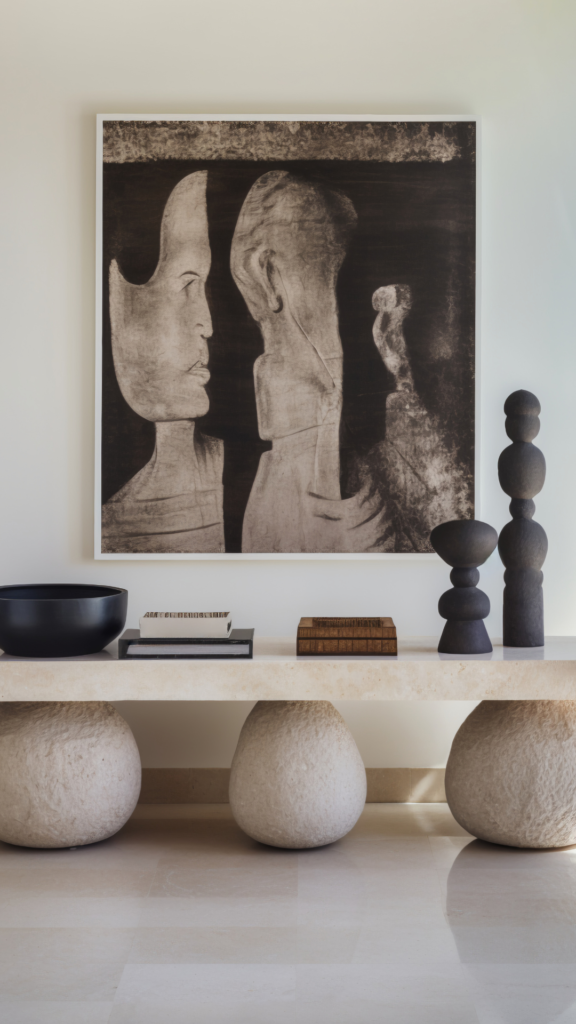
5. Authenticity
The Essence:
Embracing Wabi-Sabi means being true to oneself, not seeking perfection but rather authenticity. The essence of Wabi-Sabi, deeply interwoven with the concept of authenticity, encourages an embrace of the true self, steering away from the pursuit of perfection towards a celebration of genuineness. This philosophy recognizes the beauty in the real, the unadorned, and the impermanent, advocating for a lifestyle and aesthetic that is honest and unpretentious. In the realm of Wabi-Sabi, authenticity is not just about the objects we surround ourselves with, but it’s also a reflection of our inner selves, our values, and our journey. It’s about finding harmony and contentment in being genuine, both in our lives and our surroundings.
Application in Design:
In the context of design, this translates to choosing items and elements that resonate on a personal level, items that have a story to tell or a connection to our past. It could be a family heirloom, a piece of art picked up during travels, or even a simple, handcrafted object that speaks to one’s heart. These pieces don’t have to be flawless or luxurious; their value lies in their uniqueness and the personal narrative they bring to a space. Incorporating such items in our homes fosters a sense of authenticity and uniqueness, creating environments that are not just aesthetically pleasing but are also meaningful and reflective of the individual’s journey and tastes. In a world often chasing after the latest trends, Wabi-Sabi in design is a gentle reminder of the beauty and serenity that comes with authenticity.
As we delve deeper into the ethos of Wabi-Sabi, it becomes clear that its beauty transcends mere aesthetics. This philosophy is a spiritual sojourn, guiding us towards a more mindful existence. Wabi-Sabi teaches us to slow down, to appreciate the fleeting moments, and to find solace in the natural cycle of growth and decay. It’s a gentle reminder to be present in our lives, cherishing the impermanent nature of our world. In practicing mindfulness, we align ourselves with the core principles of Wabi-Sabi, fostering a connection with our inner selves and the world around us, thus paving the way for a life filled with depth, meaning, and genuine contentment.
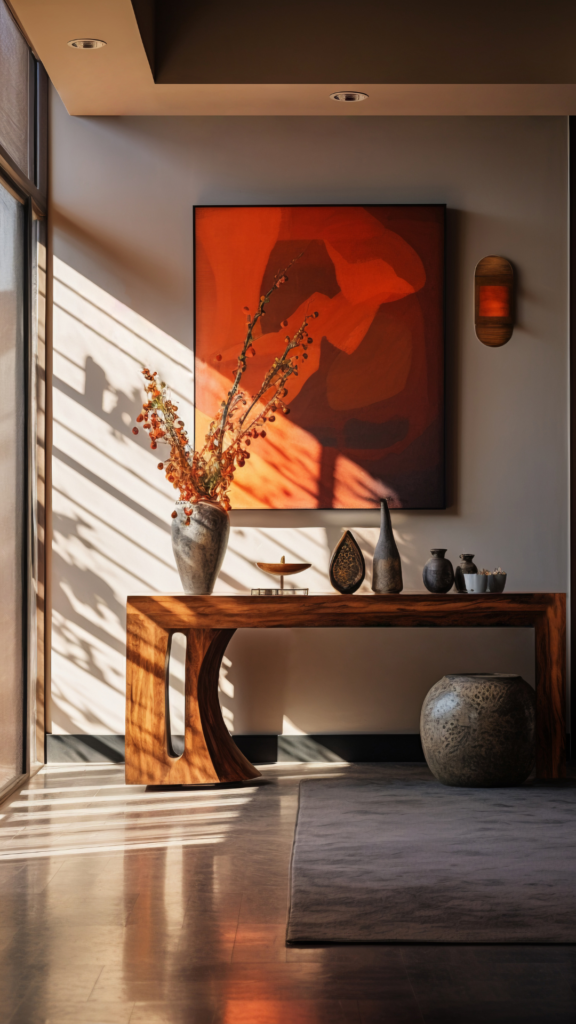
Embracing the principles of Wabi-Sabi can lead us to a more harmonious and contented life, where the pressure to attain perfection fades into the background, replaced by an appreciation for the beauty of the natural, the aged, and the imperfect. As we wrap up our exploration, I invite you to pause and reflect on the simplicity around you, finding peace in the impermanence and perfection in the imperfections. May the spirit of Wabi-Sabi guide you to a more mindful and authentic way of living.


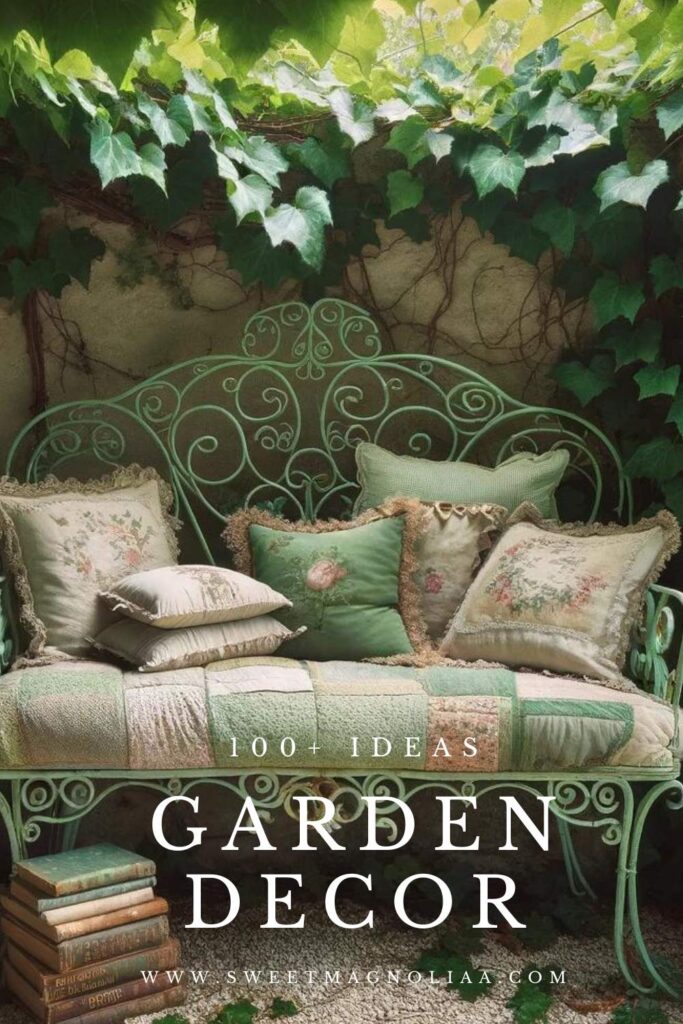
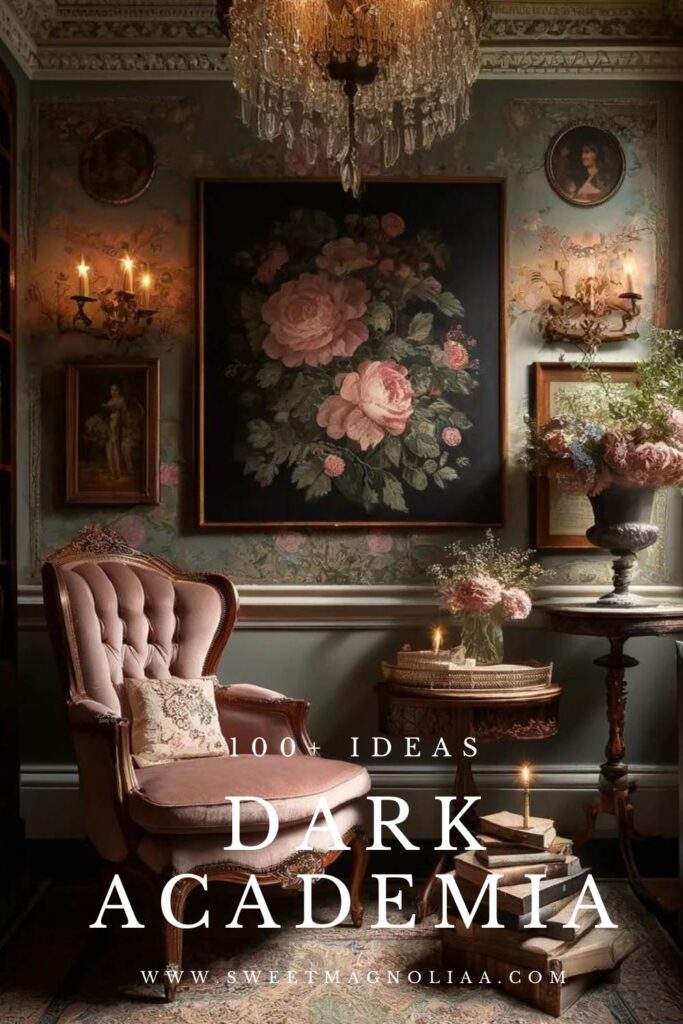
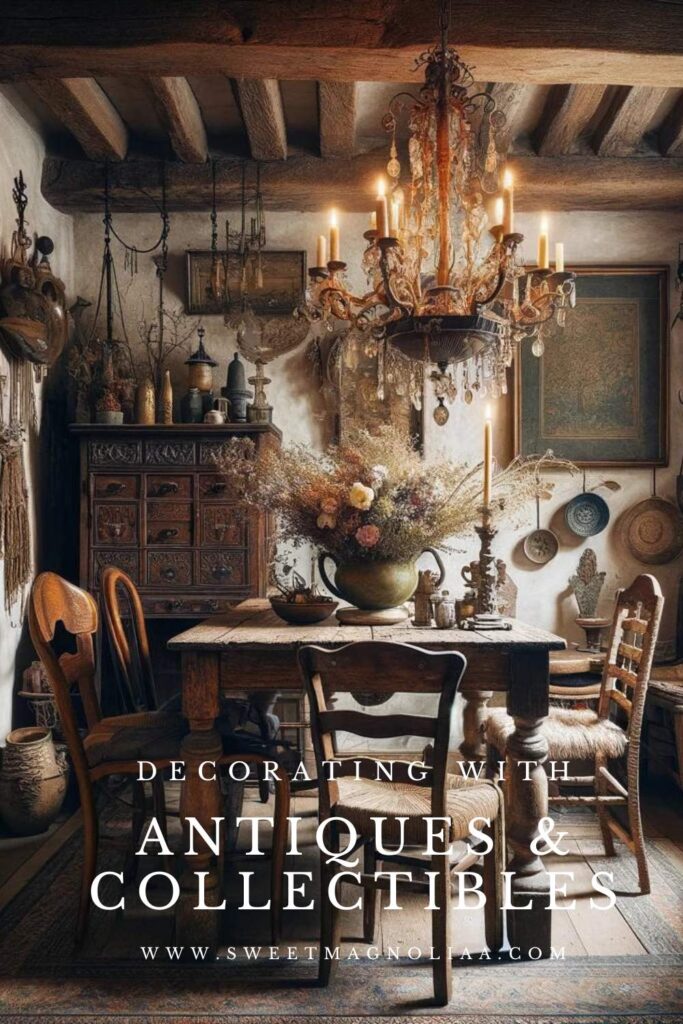
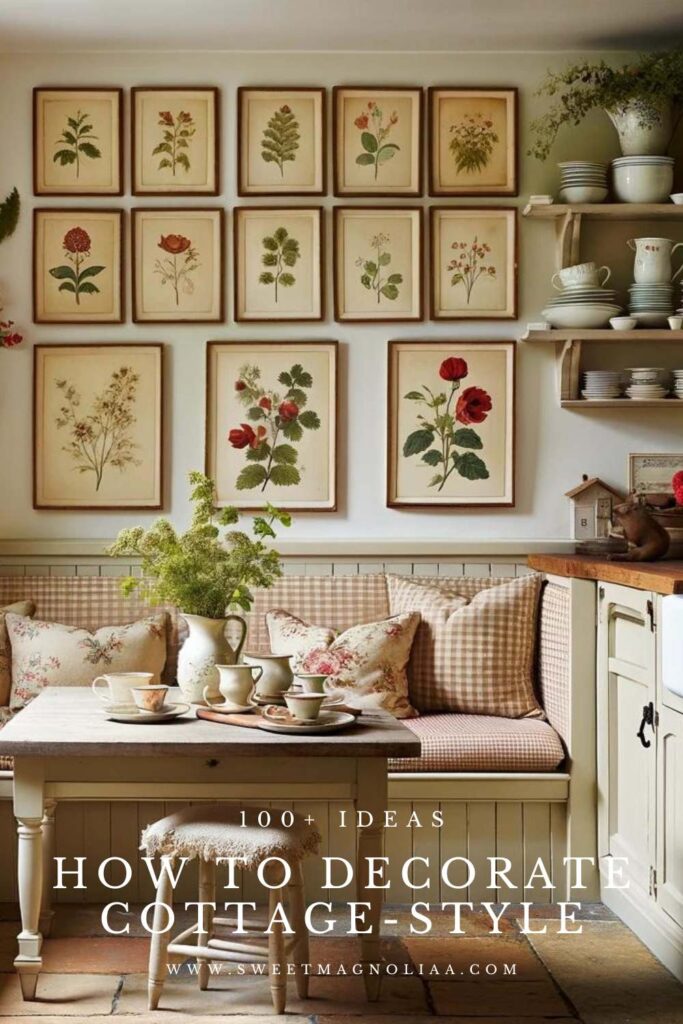
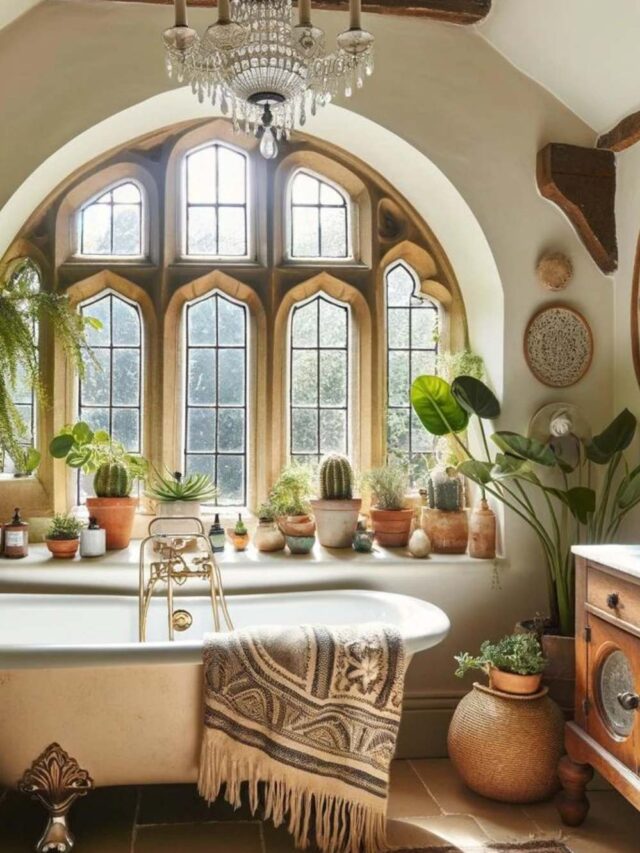
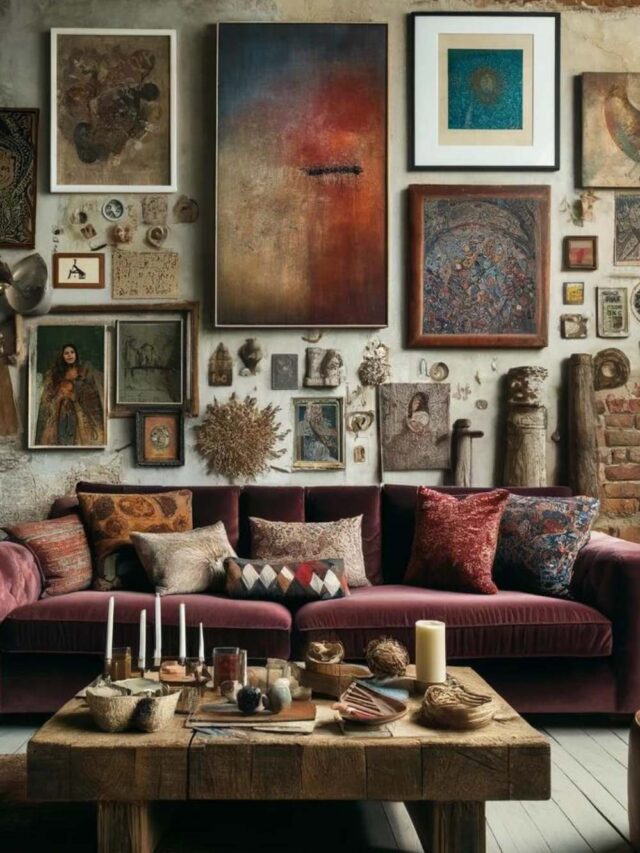
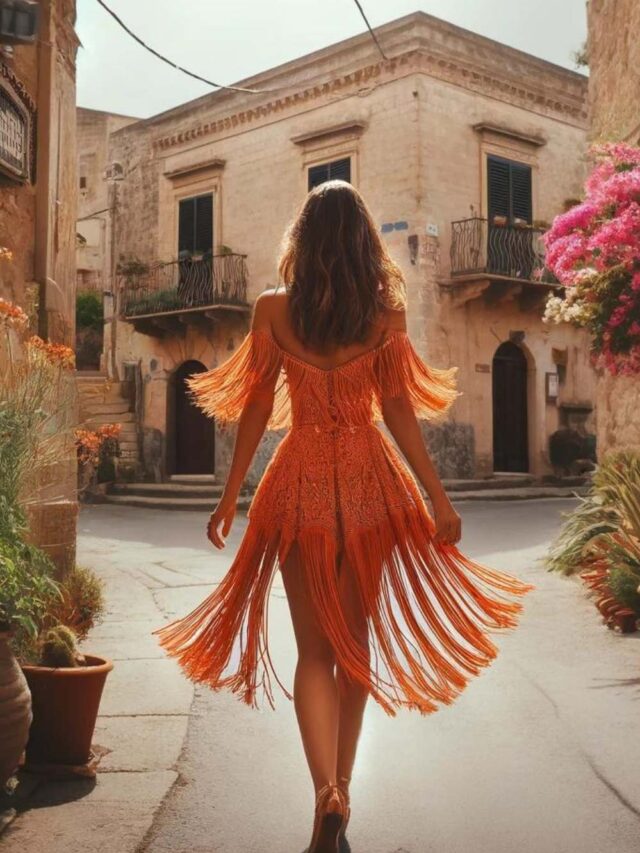
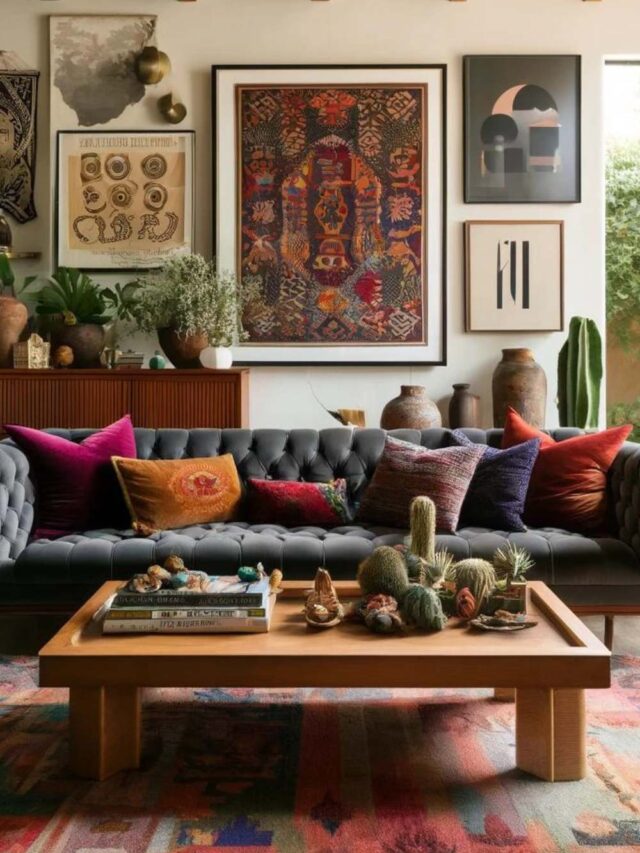
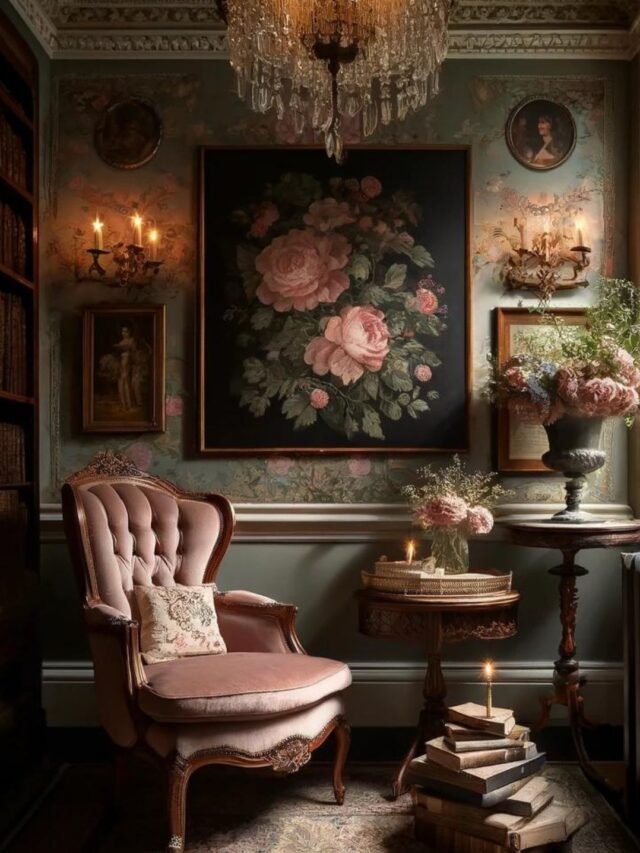
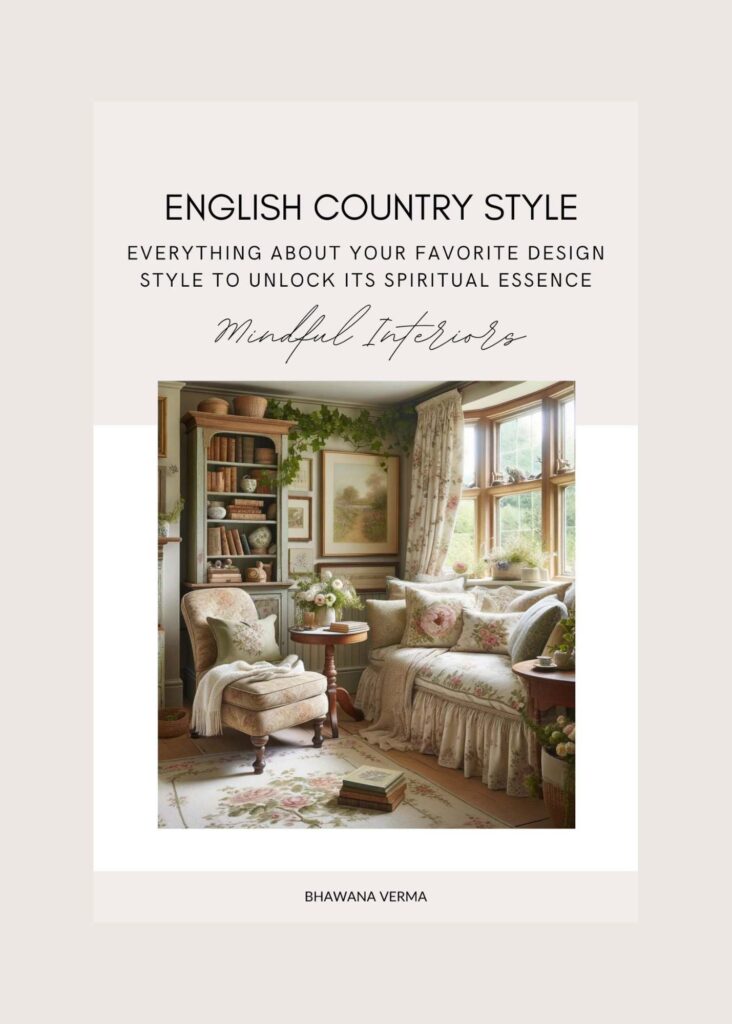
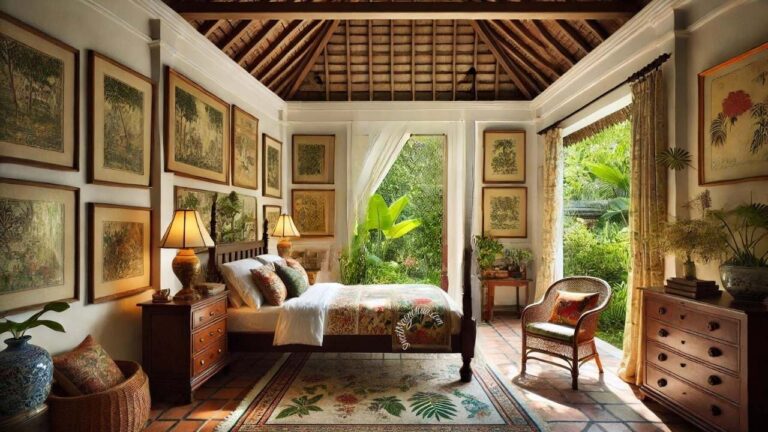
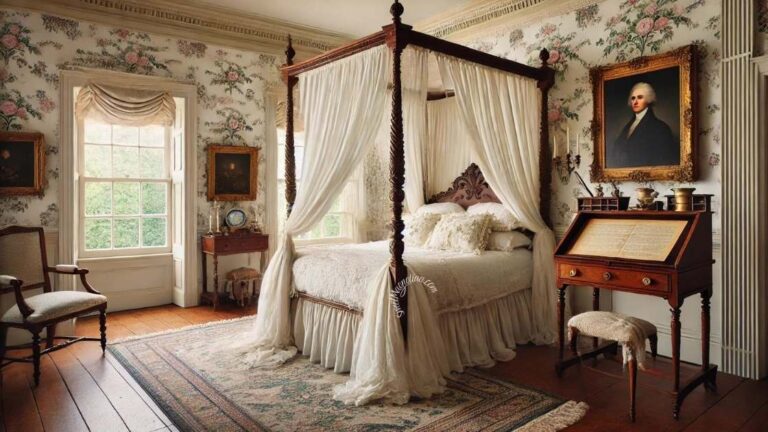
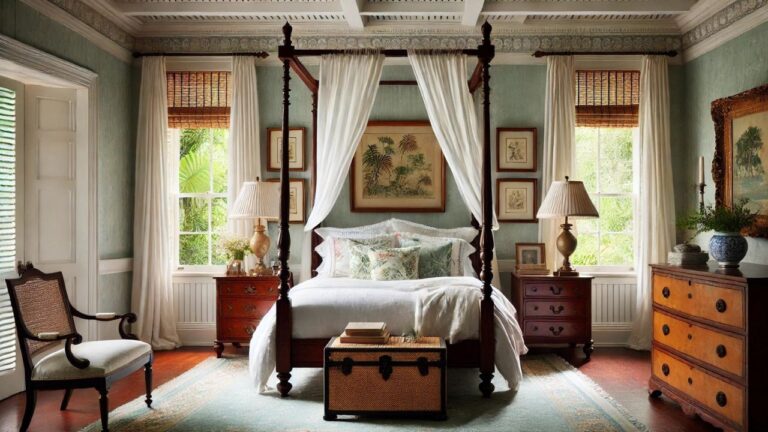




5 Responses
Very good information. Lucky me I came across your site by chance (stumbleupon).
I’ve book-marked it for later!
Thank you so much for your kind words! I’m thrilled to hear that you stumbled upon my site and found the information valuable. It means a lot to me that you’ve bookmarked it for future visits. Looking forward to sharing more content with you. Stay tuned! – Bhawana x
Oh my goodness! Incredible article dude!
Thank you so much, However I am having troubles with your RSS.
I don’t know why I am unable to join it. Is there anyone else having
similar RSS issues? Anyone that knows the solution will you kindly
respond? Thanks!!
Thank you for your kind words and feedback! We’re thrilled to hear you enjoyed the article. We apologize for the inconvenience with the RSS feed. As a solution, we’re excited to announce that we’ll be implementing a push notification feature within this week. This will ensure you stay updated with our latest content effortlessly. Stay tuned for this update, and thanks again for your support!
Hello! I just would like to give a huge thumbs up for the great info you have here on this post. I will be coming back to your blog for more soon.